Mount Lovćen – a place where history meets the natural beauty of Montenegro
The Mount Lovćen, located in Montenegro, which rises above the Bay of Kotor, represents one of the most important natural symbols of this country. In addition to being a national park, Lovćen is the center of impressive landscapes of historical monuments, but also home to numerous endemic and rare plant and animal species, which make it a jewel for all nature lovers.
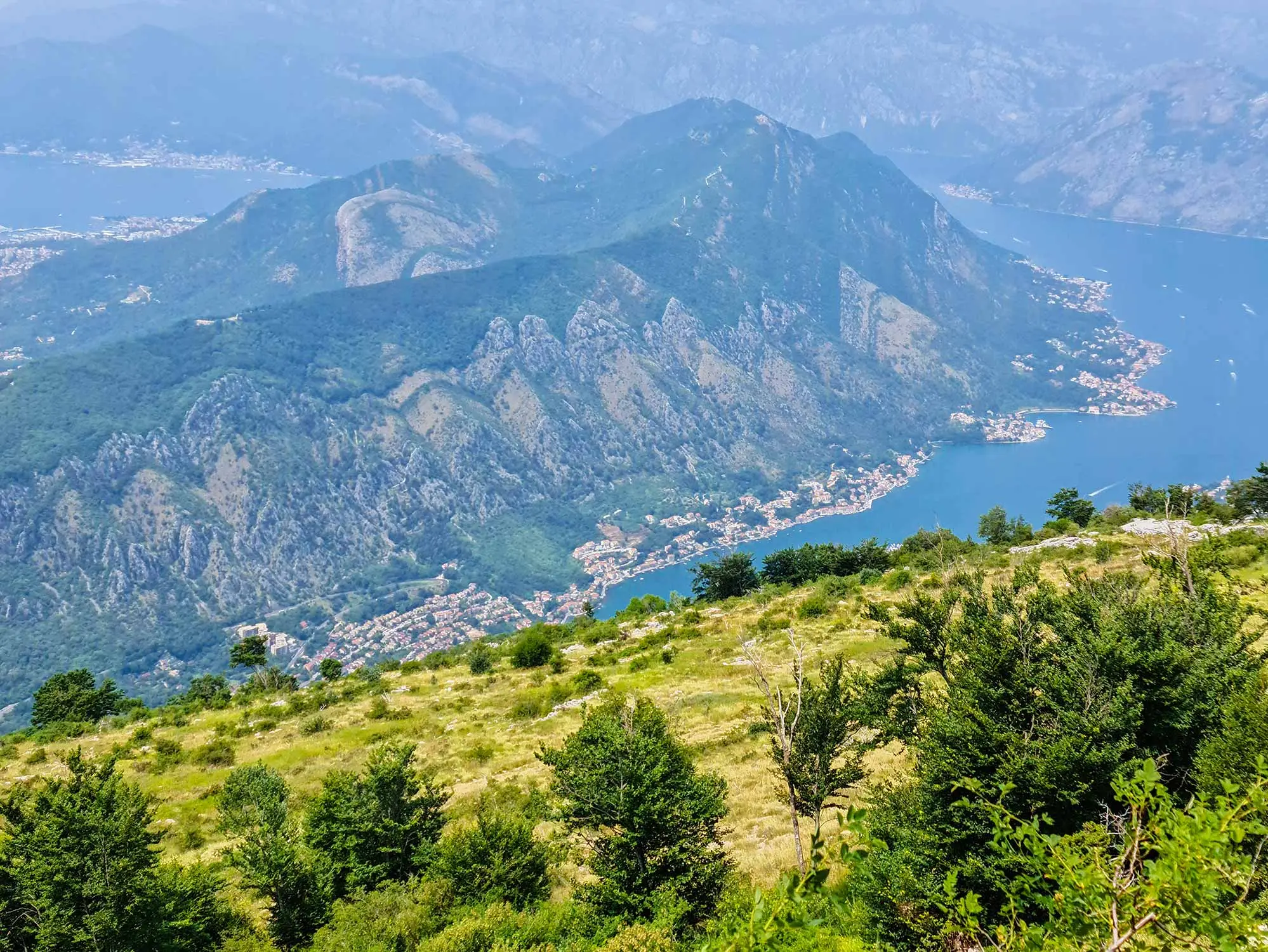
Lovćen – Bay of Kotor, Photo: Adria.fun
It extends through the area of the Dinaric Mountains, reaching a maximum height of 1,749 meters at Štirovnik peak, while the other significant peak is Jezerski vrh (1,657 m). It has a unique position between the Adriatic Sea and the continental part of Montenegro, which results in a mixture of Mediterranean and mountain climates. It is precisely this climate combination that favors a variety of flora and fauna, and many of the species that can be found here are adapted to the specific conditions of altitude and climate.
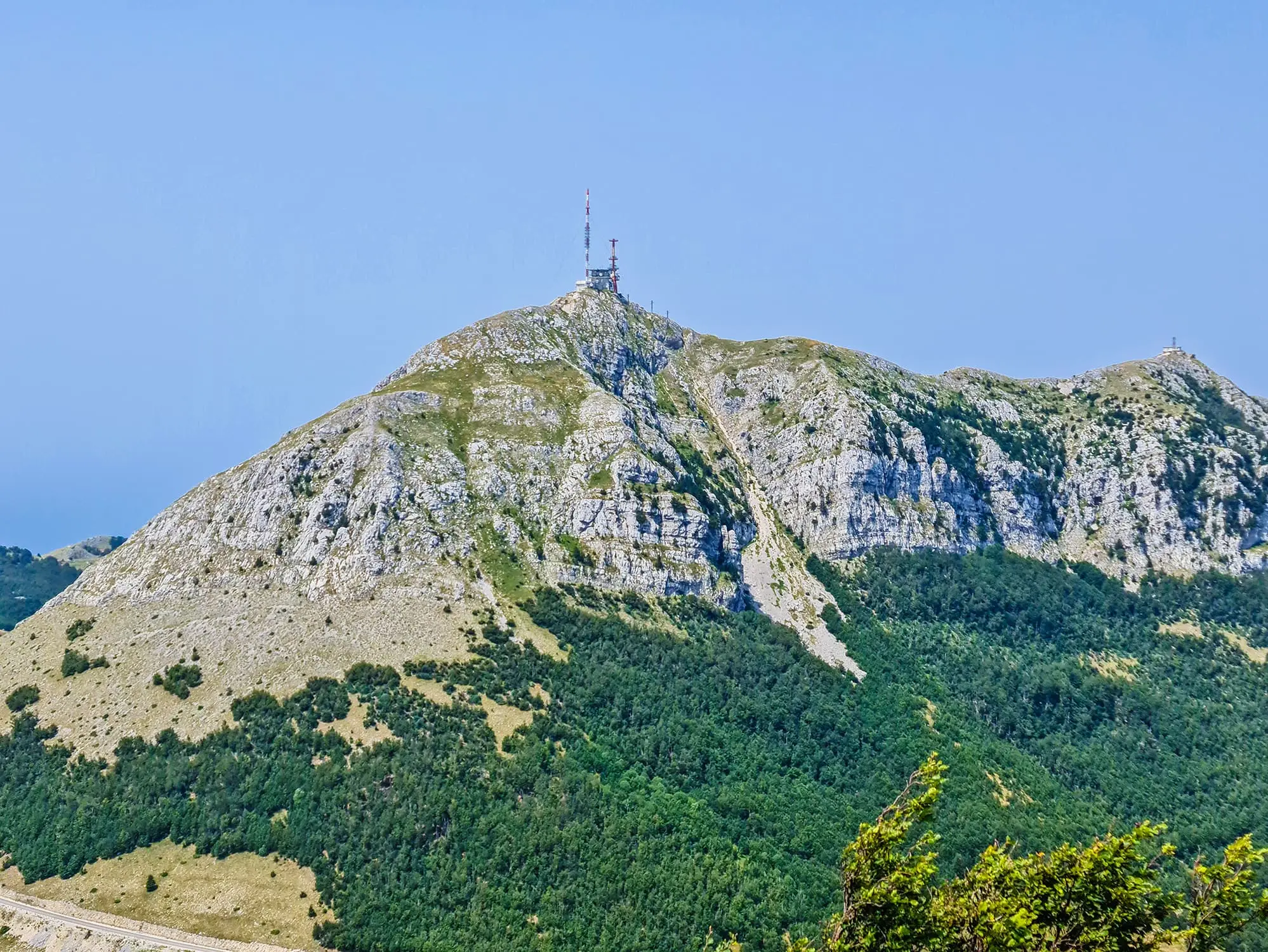
Štirovnik, NP Lovćen, Photo: Adria.fun
Lovćen is known for its diverse flora, with numerous endemic and relict species. The forests of Lovćen consist mainly of beech, black and white pine, and cypress, and in the higher parts of the mountain, there are also forests of munika, a rare species of pine characteristic of the Balkan Peninsula. In the open meadows, especially in spring and summer, you can find numerous types of wildflowers, such as the silk yellow flower or green daisy, medicinal herbs, and the rare wild orchid, which is strictly protected.
One of the most prominent plant species is the Lovcen bluebell, which is specific to this area and can be found on high rocks and slopes. In addition, some medicinal and aromatic plants such as sage and heather grow on Lovćen, which have been used in traditional medicine and nutrition for centuries.

Mount Lovćen, Photo: Adria.fun
The fauna of Lovćen is also extremely rich, with more than 200 recorded species of animals. Various species of mammals live in forests and open areas, such as foxes, wild boars, roe deer, and wolves and wild cats can rarely be found. It is also an important home for birds of prey, including eagles and falcons, which use the high cliffs as nesting sites to watch for prey. In addition to migratory birds, partridges are also there.
In addition to large animals, Lovćen is also rich in various types of insects, many of which are endemic and characteristic only for this area. Particularly interesting are the species of butterflies and bees, which play a key role in pollinating the local flora. Lovćen is also known for the presence of an endemic Balkan amphibian species – the Triturus, which is adapted to the colder and wetter areas of the mountain.
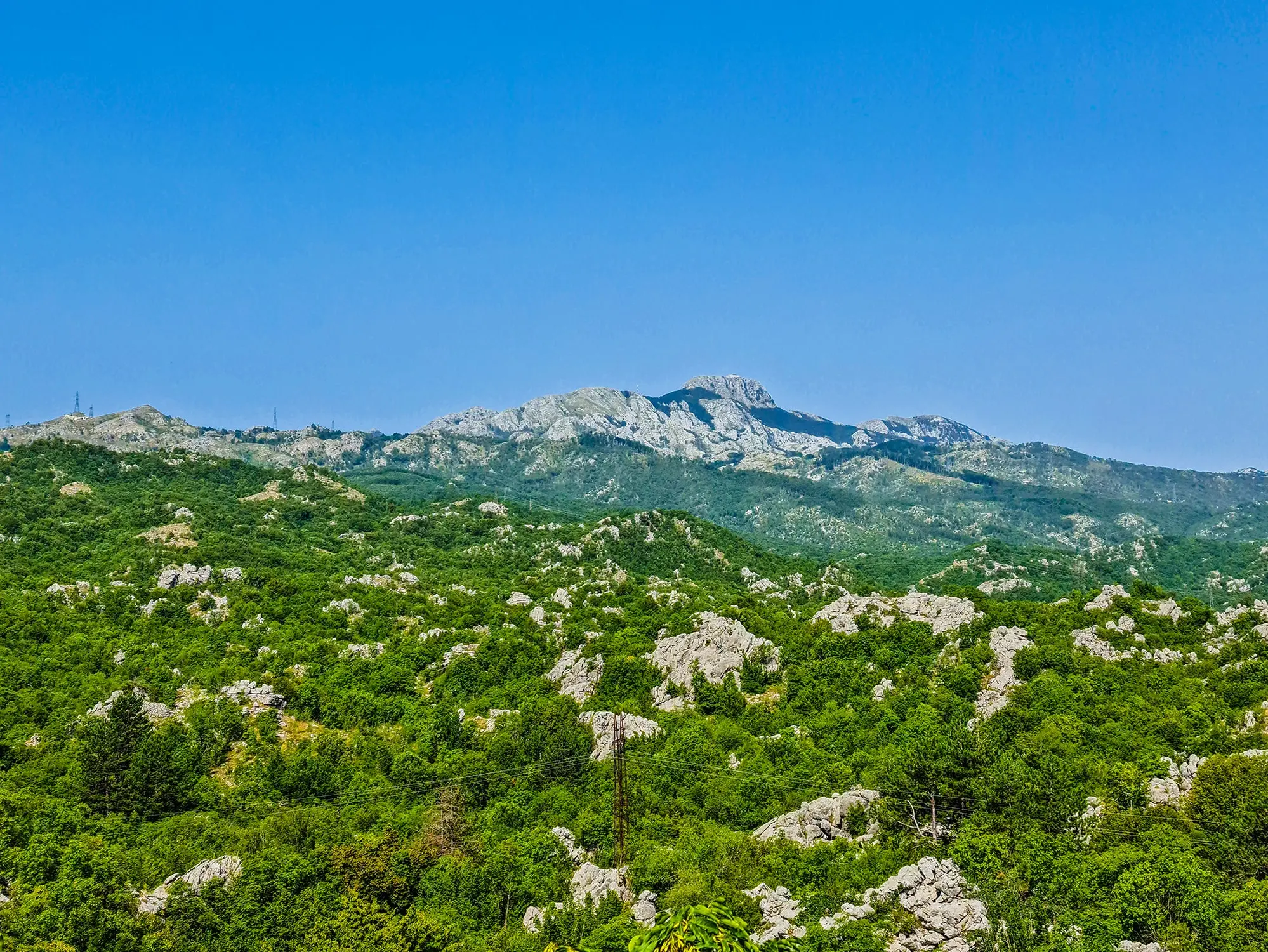
Mount Lovćen, Photo: Adria.fun
In addition to being home to many species, Lovćen also attracts many nature lovers, mountaineers, and ecotourists thanks to its unique natural diversity and historical monuments.
Lovćen National Park offers numerous trails of varying difficulty, which lead visitors through forests, grasslands and to spectacular viewpoints. At the same time, the park plays a key role in the preservation of the natural ecosystem and endemic species, with a special emphasis on the preservation of rare plant and animal species.
In recent years, Montenegro has been investing in sustainable tourism practices to preserve the natural heritage of this mountain, so visitors are encouraged to explore nature responsibly and use marked trails to prevent ecosystem disruption.
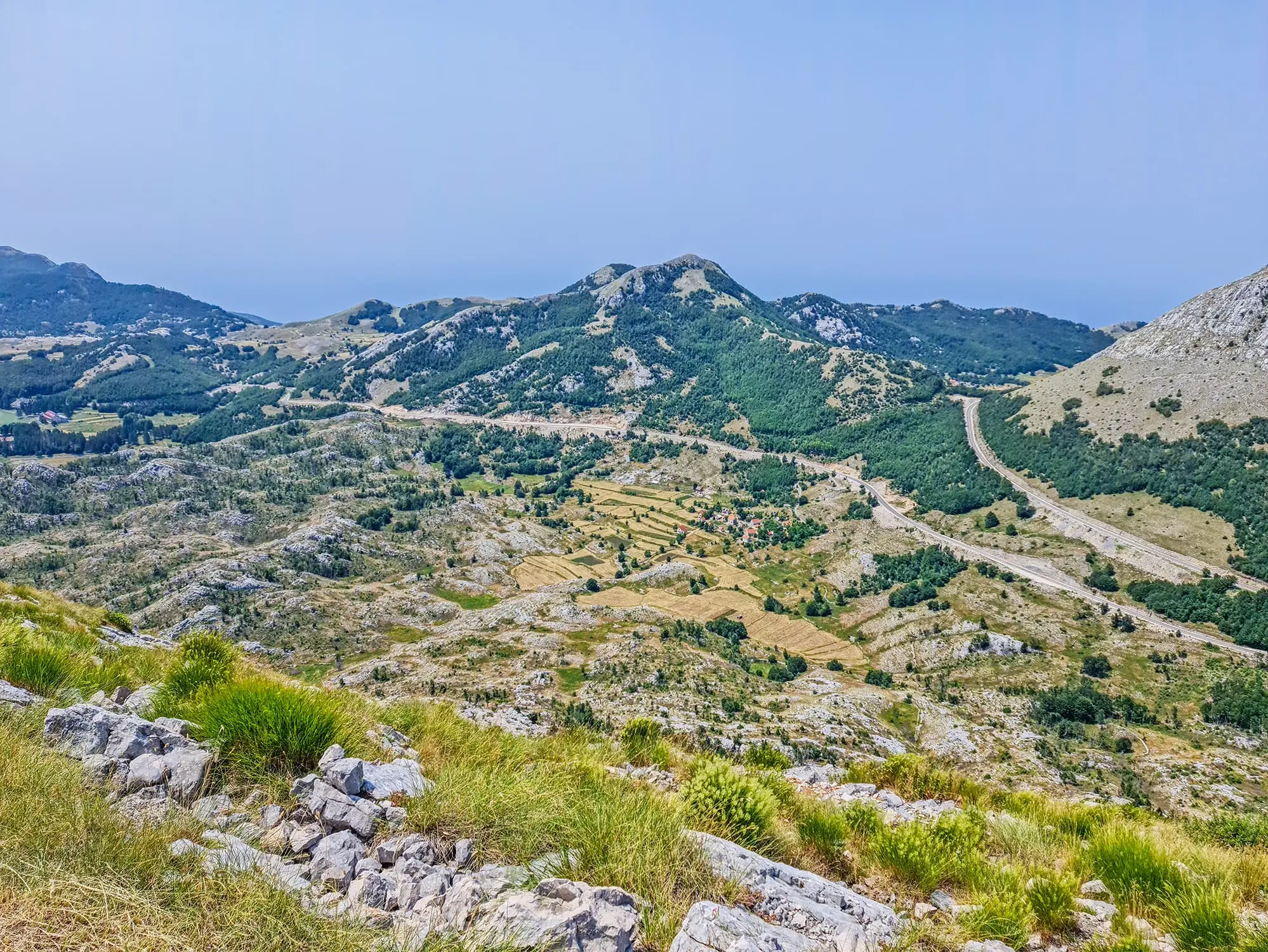
Mount Lovćen, Photo: Adria.fun
However, Lovćen is much more than the mountain itself – it is a natural treasure that preserves the wealth of flora and fauna of the Adria region and the Balkans, and a symbol of the identity and history of Montenegro, and as such it must be protected!
This article is intended to raise awareness of the importance of biodiversity and nature conservation in the Adria region.

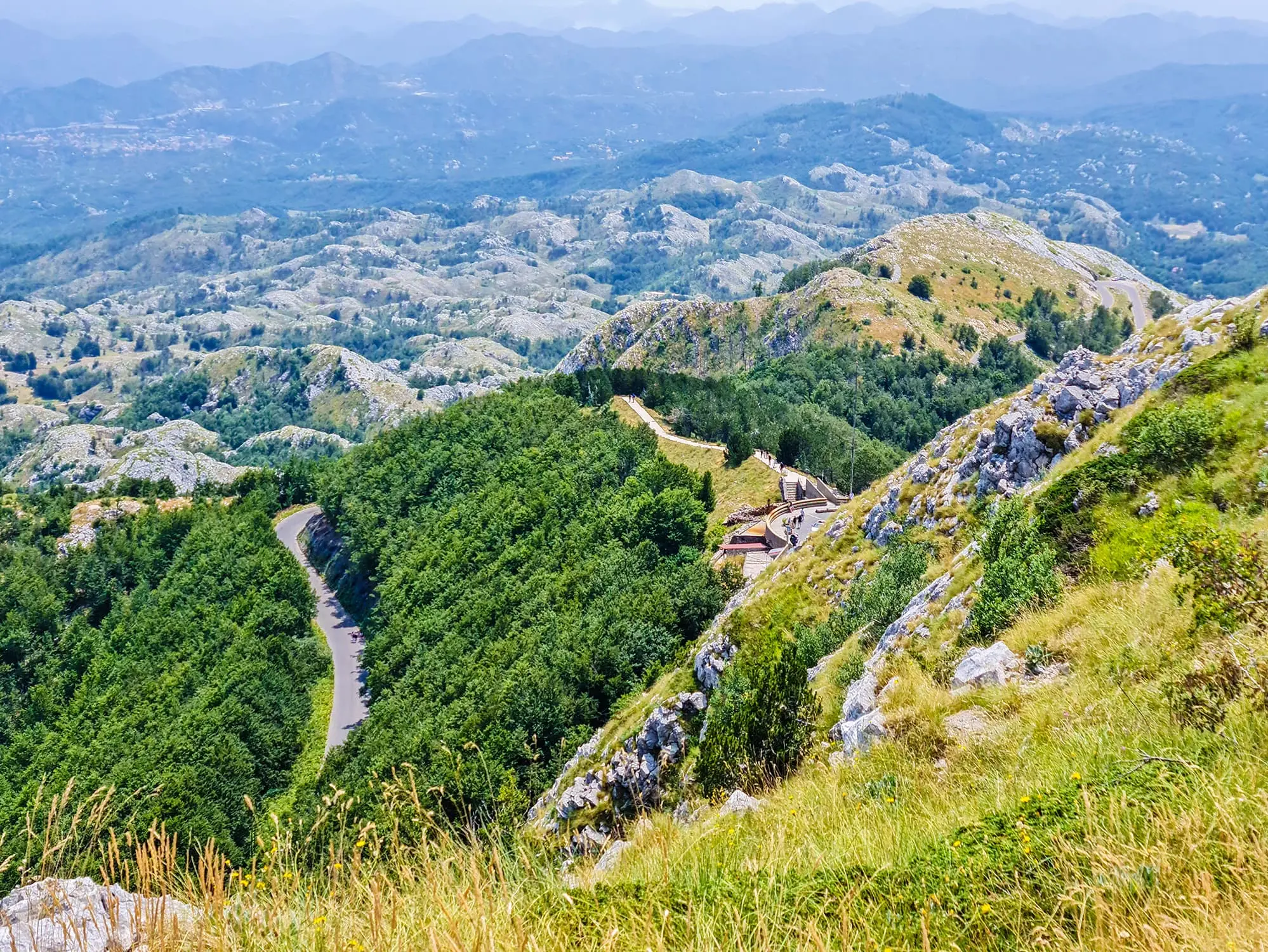
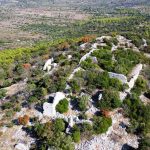
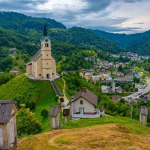
Leave a Reply